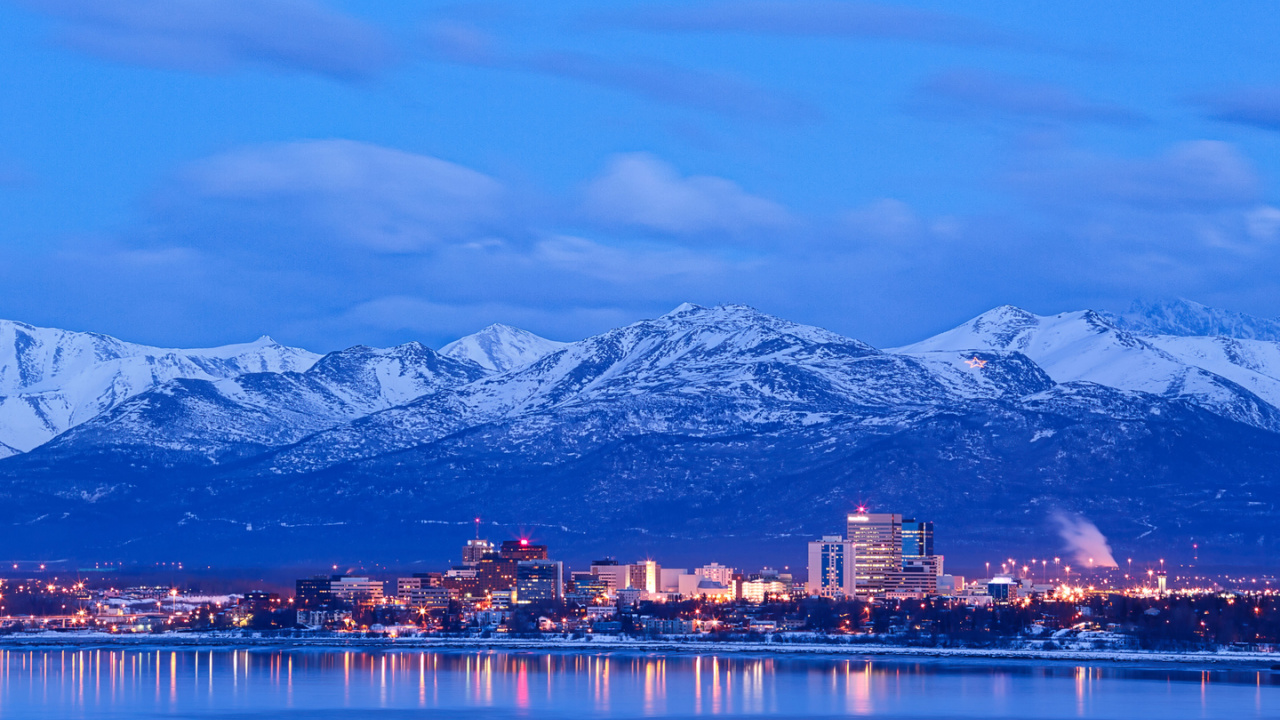When you’re camping, whether for fun, training, or because you’re in a survival situation, finding clean water is a must to stay hydrated and healthy. But remember, water from streams, rivers, and lakes might look clean but can hide germs and chemicals that make you sick. It’s smart to know how to make water safe to drink. Boiling water is an easy way to kill germs, but it won’t get rid of chemicals. Using a portable water filter can help remove most nasty stuff, but it might not catch everything. For the best safety, first filter your water, then boil it or use a purifier to kill any leftover germs. Always have a plan for clean water when you’re outdoors. It keeps your adventure fun and safe. 
Understanding Water Contaminants
When camping, knowing your water contaminants is crucial for selecting the appropriate filtration method. Here’s a focused guide on what you might encounter.
Bacteria and Viruses
Bacteria are microscopic organisms that can cause severe illnesses when ingested. Common waterborne bacteria include E. coli, Salmonella, and Cholera.
| Bacteria Examples | Diseases Caused |
|---|---|
| Escherichia coli (E. coli) | Gastrointestinal illness |
| Salmonella | Salmonellosis |
| Vibrio cholerae | Cholera |
Viruses, smaller than bacteria, can also be present in contaminated water, leading to diseases such as Hepatitis A and Norovirus infection. 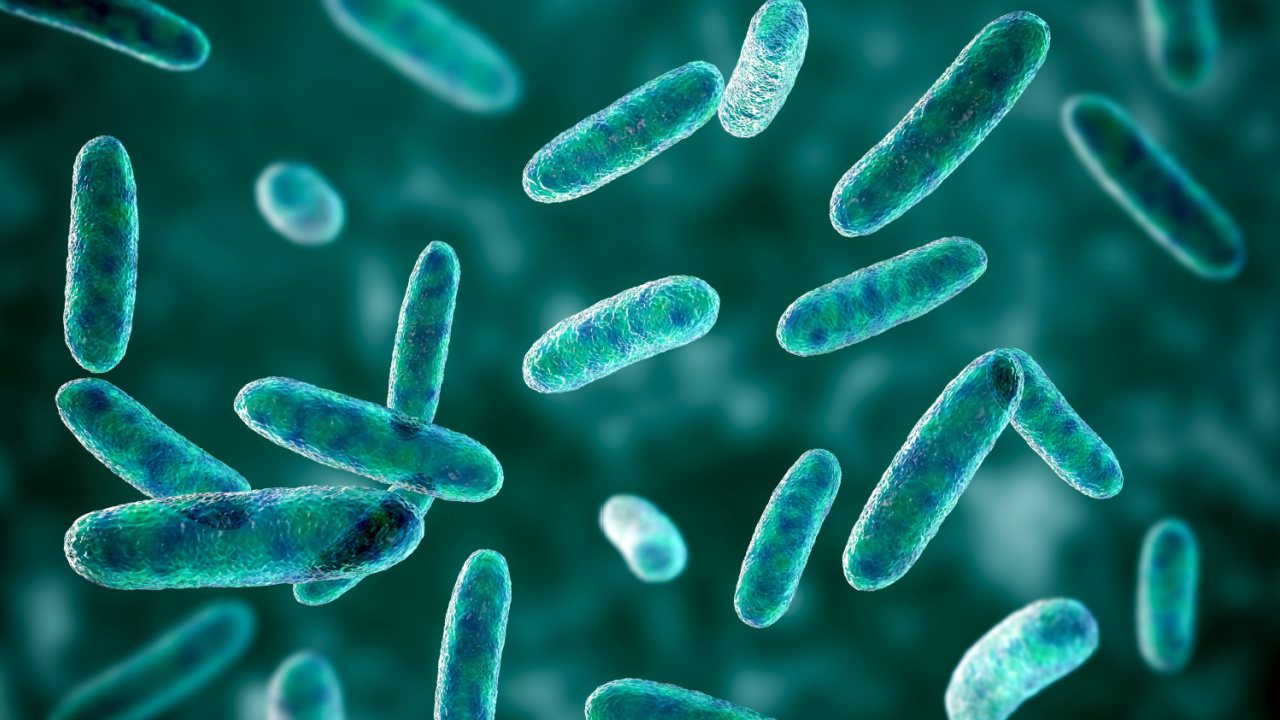
| Viruses Examples | Diseases Caused |
|---|---|
| Hepatitis A | Liver inflammation |
| Norovirus | Gastroenteritis |
Protozoa and Parasites
Protozoa and parasites are larger organisms that thrive in water and cause problems like diarrhea and stomach cramps. Giardia and Cryptosporidium protozoa are common culprits in untreated water sources.
| Protozoa/Parasites | Diseases Caused |
|---|---|
| Giardia lamblia | Giardiasis |
| Cryptosporidium | Cryptosporidiosis |
These organisms are particularly hardy, resisting basic water treatments like chlorination. 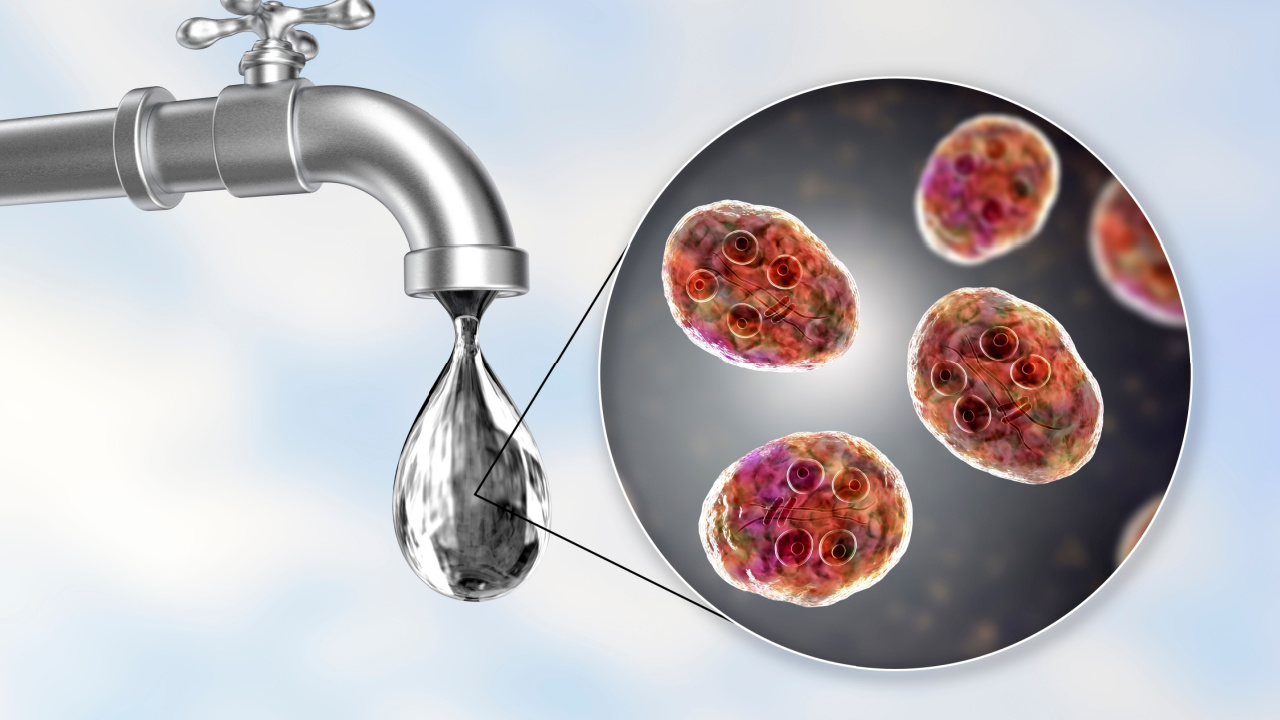
Sediment and Heavy Metals
Sediment refers to organic and inorganic particles that cloud water. Filtration is essential to remove this physical contamination. Heavy metals like lead, arsenic, and mercury can make their way into water supplies from natural deposits or pollution. Ingestion of heavy metals can lead to chronic health issues.
| Heavy Metals | Potential Sources | Health Impacts |
|---|---|---|
| Lead | Old pipes, industrial waste | Neurological problems |
| Arsenic | Natural deposits, agricultural runoff | Skin lesions, cancers |
| Mercury | Industrial processes | Kidney and brain damage |
Continuous exposure to heavy metals is harmful, necessitating water treatment systems capable of removing these contaminants.
Water Filtration vs. Purification
When you’re out in the wilderness, ensuring you have safe drinking water is critical. Water filtration physically removes particulates and organisms, whereas purification targets invisible pathogens.
Types of Water Filters
Pump Filters: These require you to manually pump water through a filter. They are effective at eliminating bacteria, protozoa, and sometimes viruses, depending on the pore size of the filter.
- Pros:
- Can filter large volumes of water
- Durable
- Cons:
- Physical effort required
- Heavier compared to other options
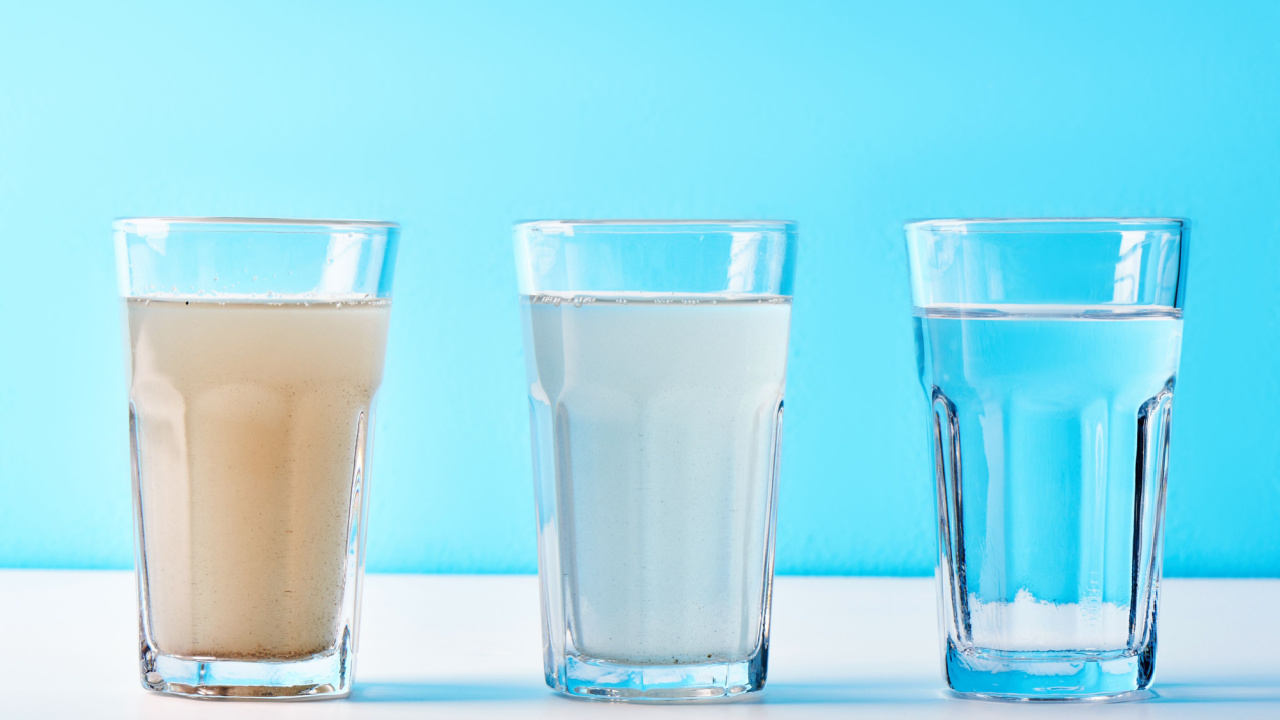
- Pros:
- Ideal for filtering water for groups
- Minimal effort
- Cons:
- Slower than pump filters
- Requires space for setup
Straw Filters: These allow you to drink directly from the source through the filtration device.
- Pros:
- Extremely portable
- Immediate use without waiting
- Cons:
- No water storage capability
- Limited lifespan
Bottle Filters: These are integrated into a bottle and filter water as you drink.
- Pros:
- Convenient for on-the-go hydration
- Protects against bacteria and protozoa
- Cons:
- Typically only for personal use
- Limited filter capacity
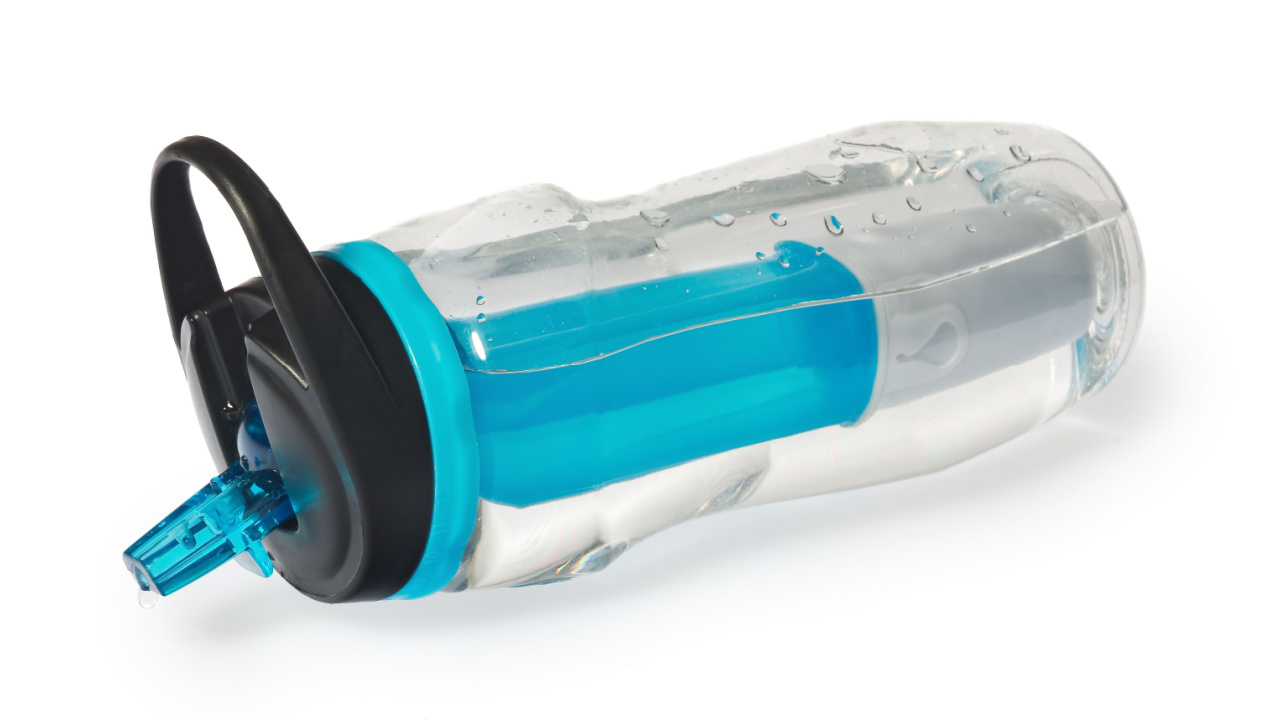
Types of Water Purifiers
Chemical Purification With Tablets: Tablets containing chlorine dioxide or iodine are used to purify water, effectively killing viruses, bacteria, and protozoa.
- Pros:
- Lightweight and easy to carry
- Effective against a wide range of pathogens
- Cons:
- Long treatment times (up to 4 hours)
- Potential water taste alteration
UV Light Treatment: UV light purifiers are handheld devices that kill or deactivate bacteria, viruses, and protozoa using ultraviolet light.
- Pros:
- Fast purification process
- Lightweight and easy to use
- Cons:
- Requires batteries or charged power source
- Cannot remove particulates or chemical contaminants
Employing the correct method of water treatment while camping is essential for your health and safety. Choose your water filter or purifier based on the specific needs of your outdoor adventure, considering factors such as group size, the volume of water needed, and the nature of the water sources you’ll encounter.
Choosing the Right Water Treatment Method
When camping or backpacking in remote areas, selecting an appropriate water treatment method is crucial for ensuring your safety and maintaining hydration. Various options exist, each suited for different circumstances and types of water sources, such as streams, lakes, and rivers.
Considerations for Backpacking
- Weight and Size: Opt for lightweight and compact systems. Consider tablets, UV pens, or small filters.
- Efficiency: Choose a method that can purify a sufficient amount of water for your needs.
- Ease of Use: Simple, quick-setup methods are preferable in challenging conditions.
Assessing Water Sources
- Clarity: Murky water may require pre-filtering before treatment to avoid clogging your system.
- Contaminants: Understand local risks (microbes, viruses, chemicals) to select a method that targets all potential threats.
For your safety, remember to always treat water from natural sources before drinking to avoid waterborne illnesses.
Practical Water Treatment Techniques
When camping, ensuring that your drinking water is safe is essential. Here are practiced methods for treating water, each with its specific advantages.
Boiling Water
Boiling is a reliable way to purify your water. Bring water to a rolling boil for at least one minute to kill harmful bacteria and viruses. If you’re at altitudes above 5,000 feet, increase boiling time to three minutes. 
Chemical Treatments
- Chlorine: Add five drops of household bleach per quart of water and let it sit for at least 30 minutes. If the water is cloudy, double the dosage and wait.
- Iodine: Use five drops of 2% tincture of iodine per quart of water. Similar to chlorine, if the water is cloudy, double the drops and extend the waiting time.
Filtering and Purifying On the Move
- Portable Water Filter: Choose a filter with a pore size of 0.2 microns to remove bacteria and protozoa.
- Purifying Water: A purifier will also protect against viruses, which are too small for most filters to catch. Look for one that meets the EPA’s guide standard for water purifiers.
Remember, never assume any natural water source is safe without proper treatment. Use these techniques to enjoy your camping trip without the worries of waterborne illnesses.
Essential Gear for Treating Water
When camping, ensuring access to clean water is critical. Selecting the right water treatment gear can protect you from contaminants and reduce the weight of your pack.
Gravity Filters and Squeeze Filters
For convenient, hands-free filtration, gravity filters are an ideal choice. These systems work by hanging a reservoir filled with unfiltered water above a clean container, with gravity pulling water through the filter. They are excellent for group camping due to their higher volume capacity, ease of use, and the fact that they require minimal effort to deliver clean water.
- Pros: High volume, minimal effort
- Cons: Slower flow rate, bulkier gear
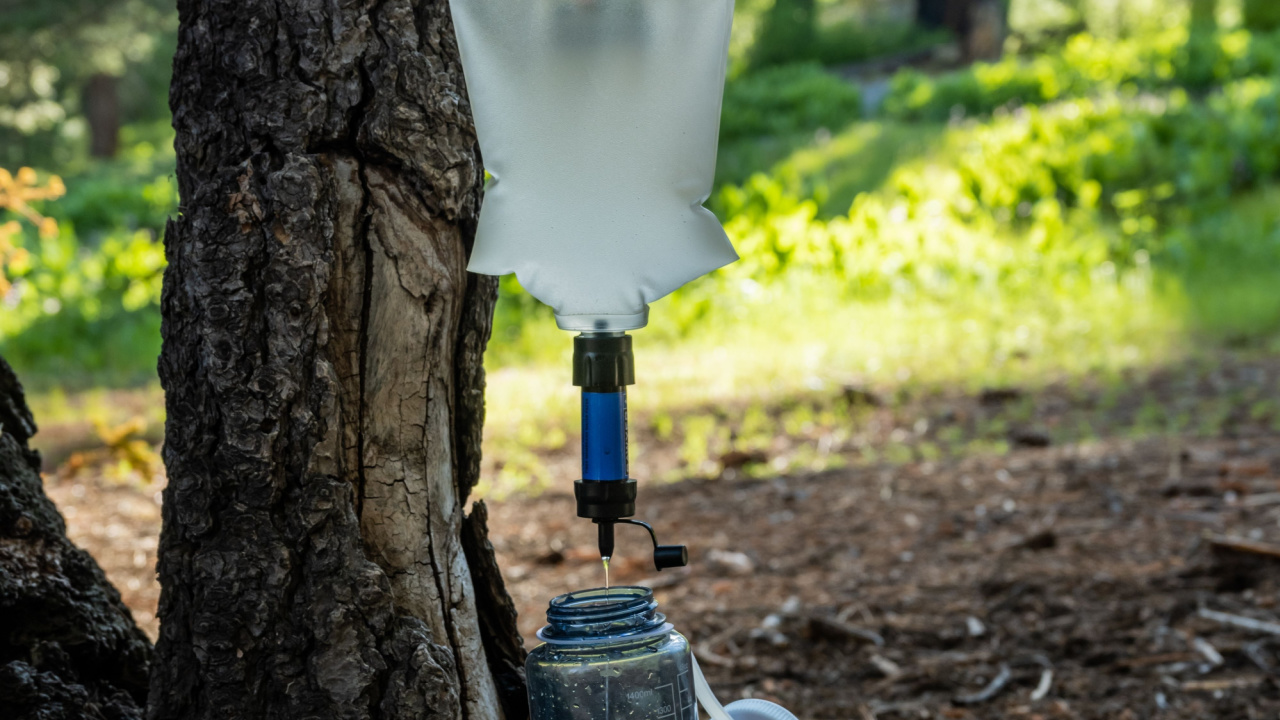
- Pros: Lightweight, fast
- Cons: Less convenient for large volumes, require physical squeezing
Pump Filters and UV Purifiers
Pump filters provide reliable water purification and are particularly effective for murky water sources. By manually pumping, you force water through a filter into your container—ideal when you need clean water and don’t have time to wait.
- Pros: Effective in various conditions, precise
- Cons: Physical effort, more moving parts
UV purifiers use ultraviolet light to neutralize bacteria, viruses, and protozoa. Portable UV purifiers are a quick point-of-use treatment option, usually requiring you to stir them in the water for a specified period.
- Pros: Effective against a broad range of pathogens, quick
- Cons: Battery-dependent, less effective in murky water
Bottle Filters and Straw Filters
Both bottle filters and straw filters are highly portable water filters, perfect for individual use during outdoor activities. Bottle filters integrate a filtration system within a water bottle, ensuring clean water with each sip. Similarly, straw filters allow you to drink directly from a water source through the filter.
- Pros: Highly portable, immediate use
- Cons: Limited volume, not suitable for large groups
In choosing your gear, consider pack weight, volume needs, and the nature of your water sources. Equip yourself with the right tools to stay hydrated and safe.
Maintaining Water Filtration Equipment
Proper maintenance of your water filtration system is crucial for safe and effective operation. Regular cleaning, timely replacement of components, and appropriate storage are all important practices to extend the life and enhance the durability of your equipment.
Cleaning and Replacement
Cartridge Maintenance:
- Cleaning: Rinse your filter cartridge after every use, using clean water to remove any debris.
- Replacement: Change the cartridge as per the manufacturer’s recommendation or if you notice a significant decrease in flow rate.
Pre-Filter Care:
- Cleaning: Regularly check and clean the pre-filter to prevent clogging and maintain flow rate.
- Replacement: Inspect for wear and replace if the mesh is torn or damaged.
Filter Life and Durability
Assessing Filter Life:
- Usage Tracking: Keep a log of how much water you’ve filtered to estimate the remaining life of your filter.
- Indicators: Some filters have a built-in indicator for when a replacement is necessary.
Activated Carbon Factors:
- Usage Limit: Activated carbon effectiveness diminishes over time; replace it when water taste or odor is affected.
- Environmental Impact: Cold temperatures and exposure to chemicals can degrade the activated carbon’s performance.
Storage and Care
Correct Storage Techniques:
- Dry Storage: After cleaning, let your filter and its components dry completely before storing.
- Avoid Contamination: Store in a cool, dry place away from direct sunlight and contaminants.
Post-Trip Care:
- Disassembly: Take apart your filter system where possible and let it air dry to prevent mold and bacteria growth.
- Protection: Store in a protective case to prevent accidental damage.
Hydration Considerations
When camping, ensuring you have enough clean water to stay hydrated is crucial. Your water requirements will vary depending on activity level, climate, and individual needs.
Estimating Daily Water Needs
To remain hydrated, you should drink about half a gallon (2 liters) to one gallon (4 liters) of water daily. However, you’ll need to adjust this amount based on your activity level, the weather, and your body’s signals.
- Light activities (e.g., camping in cool climates with minimal hiking): 0.5 gallons/day
- Moderate activities (e.g., moderate hiking in temperate weather): 0.75 gallons/day
- Strenuous activities (e.g., hiking in hot, dry climates): 1 gallon/day or more
Note: Listen to your body; if you’re thirsty, drink water.
Safe Storage and Transport
Hydration bladders and water containers are two popular methods to carry water while camping.
- Hydration Bladders:
- Pros: Convenient for drinking while on the move, various sizes available (1-3 liters common).
- Cons: Can be difficult to clean and dry properly; if punctured, can leak.
- Water Containers:
- Pros: Sturdy, reliable, and come in larger sizes than bladders, reducing refill frequency.
- Cons: Bulkier and may be less convenient to carry while moving.
To keep your drink clean, always store water in a cool, shaded place, and use containers made for potable water to prevent contamination. Tip: Opt for BPA-free containers to minimize chemical leaching.
Frequently Asked Questions
In this section, you’ll find information on various water purification methods tailored to outdoor activities, highlighting portability, natural techniques, and DIY solutions.
What is the most effective portable water filter for removing viruses while camping?
Portable filters like the Sawyer MINI or MSR Guardian are highly effective, with the Guardian purifying 99.99% of viruses due to its advanced hollow fiber technology and physical purifier combination.
How can one naturally purify river water before consuming it?
You can naturally purify river water by using sedimentation to allow solids to settle and then boiling the clear water for at least one minute. This works effectively to kill disease-causing organisms.
What are the pros and cons of using water purification tablets in the outdoors?
Pros include lightweight portability and the ability to kill pathogens, including viruses. On the downside, they often leave a taste, require a waiting period for effectiveness, and are not reusable.
How do you select the best water filtration system for home use from river sources?
Choose a system that handles high volumes and matches the specific contaminants of your river source. Multi-stage filters with UV treatment are usually effective for river water.
What are the steps to make a DIY water filter for camping scenarios?
Create a layered filter using gravel, sand, and activated charcoal in a container with holes. Pour water through several times as needed to improve clarity and remove impurities.
When backpacking, which water filter approach is recommended for ensuring safe drinking water?
For backpacking, use a lightweight, pump-action or squeeze filter with a high removal rate for bacteria and protozoa. Straw filters are also practical for personal use and immediate drinking.
20 Crucial Supplies for Surviving a Societal Collapse
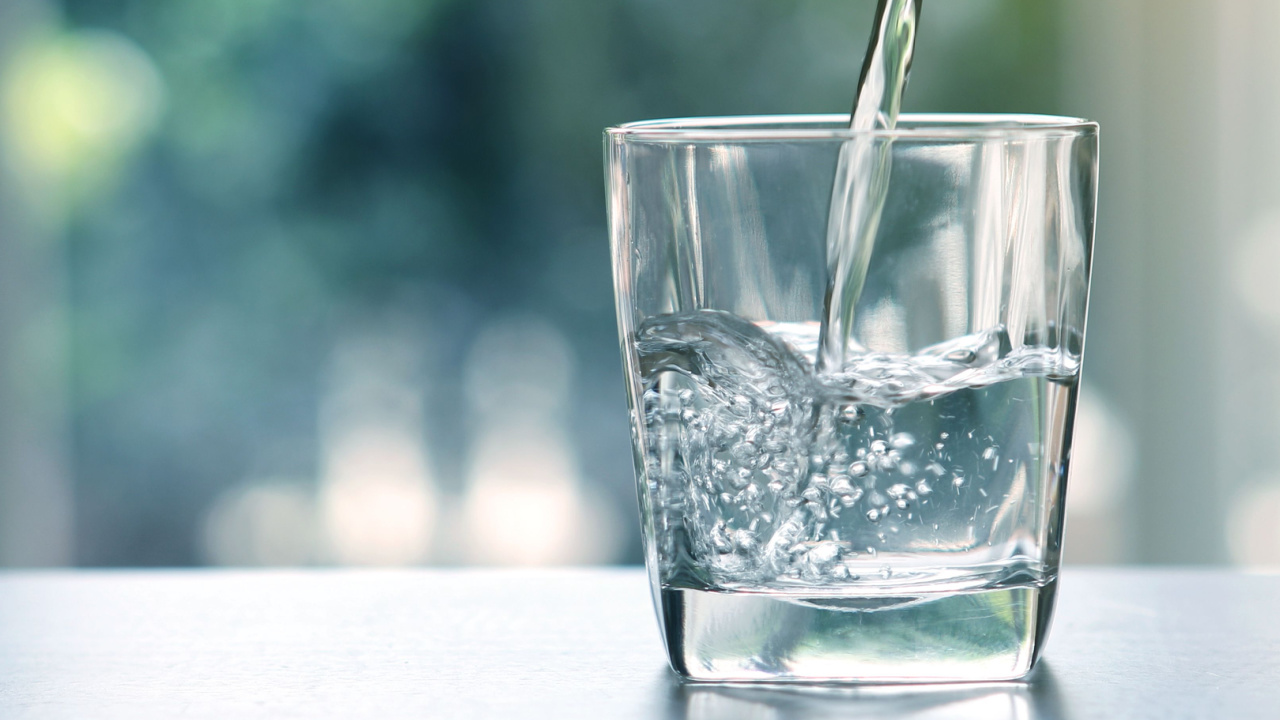
14 Essential Canned Goods for Your Emergency Pantry
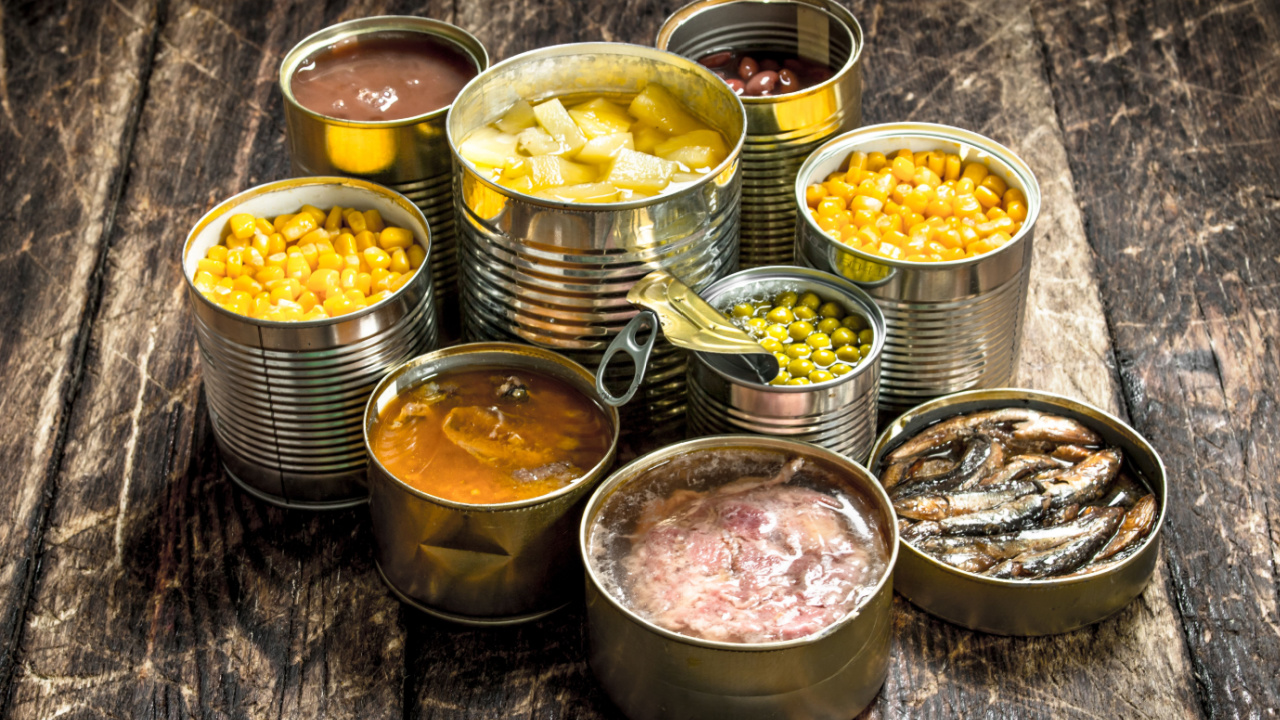
Best Regions in the U.S. to Escape to When Society Collapses
